One of the most fascinating bits of alchemy that happens in a studio is how a non-musical note from a producer can turn into a goosebump-inducing, time-defying moment on a record, which is precisely what was happening while Journey was cutting one of their most iconic songs of all time. From its classic, early 1980s sound to its inclusion in countless television shows, films, and radio playlists in the decades since, Journey’s 1981 track “Don’t Stop Believin’” has evolved into something far greater than the second single off Escape.
Videos by American Songwriter
The song has, for all intents and purposes, achieved a life of its own. Although it failed to top any of the Billboard charts, it did enjoy Top 10 success. Lack of a No. 1 placement aside, the song remains one of the most ubiquitous of the 1980s rock ‘n’ roll canon—and far and away the most recognizable of Journey’s discography. But when the song was just a bare-boned idea the band was fleshing out in the studio, not everyone in Journey was convinced of the song’s longevity. As he would later recall in an interview with Rick Beato, Neal Schon struggled to achieve the right sound while tracking his guitar parts.
But maybe that’s because of the notes the producers, Kevin Elson and Mike “Clay” Stone, were giving him. While he was laying down his rhythm guitar parts, the producers told Schon, “Play something dumb,” he recalled to Beato. Attempting to work off of their not-so-direct note, Schon began playing the main guitar riff that features the bassline. “Then, they said, ‘Play, like, a rhythm part.’ And I’m like, ‘That is a rhythm part. What do you want?’”
How “Something Dumb” Became One of Journey’s Most Iconic Songs
Determined if not a bit peeved to figure out what Kevin Elson and Mike “Clay” Stone were after when they told Neal Schon to “play something dumb,” the guitarist began chugging out a rhythm part reminiscent of Bachman Turner’s “Taking Care of Business”. “It just kind of worked,” Schon said, after demonstrating the palm-muted guitar part. “When you listen to it, you don’t even really notice it. But if you take it out, then you go, ‘What happened to it?’ Wasn’t my idea. I came up with a rhythm part, but that’s what a good producer will do for you, you know. Make you search a little bit.”
Ultimately, that chug-chug-chug guitar part was a perfect, subtle addition to the overall mix. There was just enough of the second rhythm part for the listener’s brain to register a thicker mix on a subconscious level, but not so much that it dominated the entire track. It worked beautifully. For Schon, the idea that this song could grow into something larger than they anticipated was a no-brainer.
“I went back in the studio to listen after we cut it, and it was coming together, you know, in a mix,” Schon told Rick Beato in 2025. “I looked at the guys, and I go, ‘I think there’s something here that’s special that’s going to be bigger than this whole record.’ And they go, ‘Oh, you think so?’ And I go, ‘I do.’ Not until this many decades later did it happen. But it did happen.”
After eighteen platinum certifications, we’d have to agree with Schon. Just like Journey’s iconic song title would suggest, the important thing is “don’t stop believin’” in the song, the band, and the producer suggesting you play something stupid.
Photo by © Roger Ressmeyer/CORBIS/VCG via Getty Images


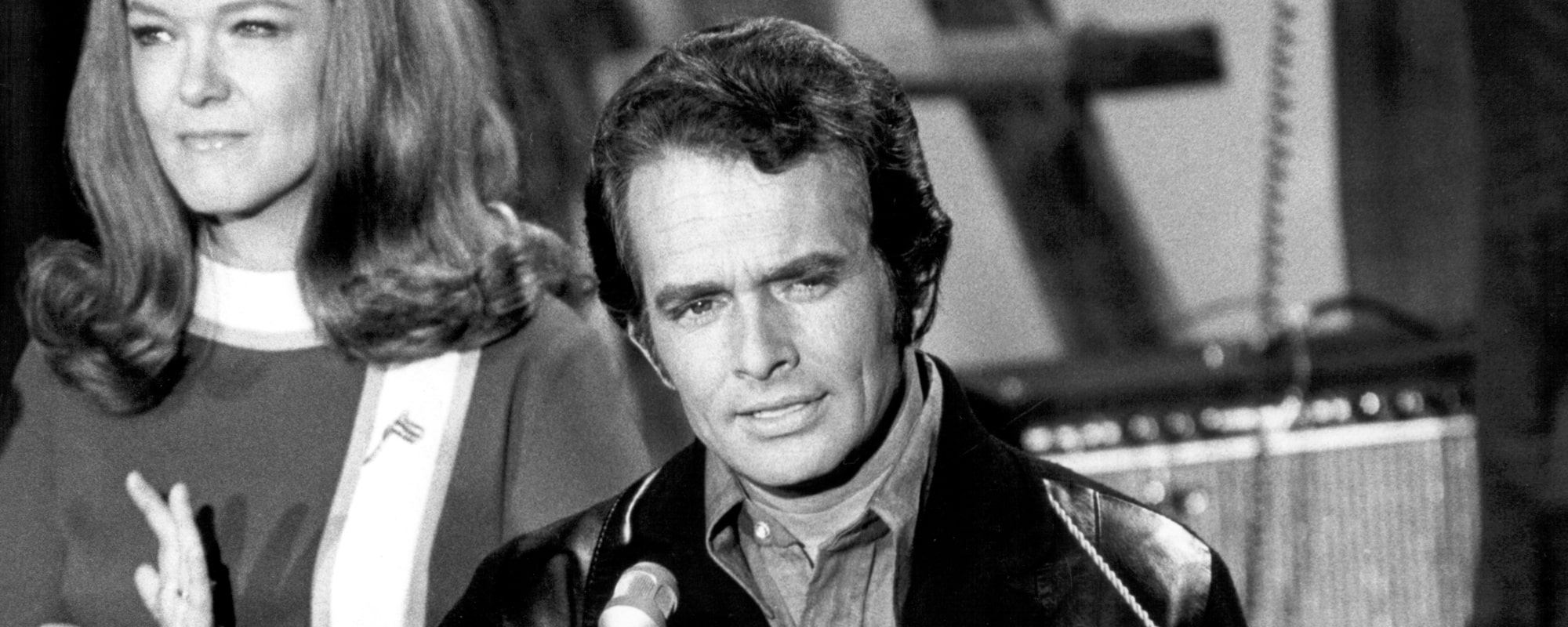


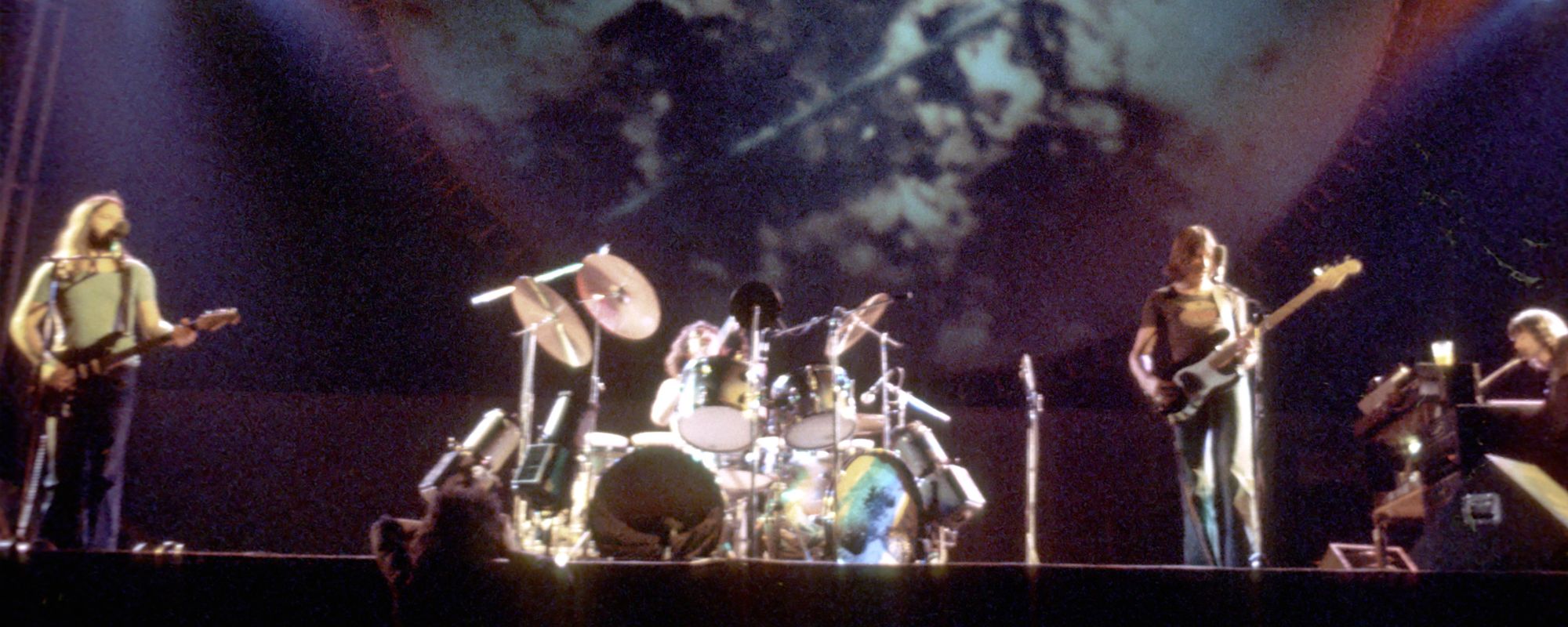
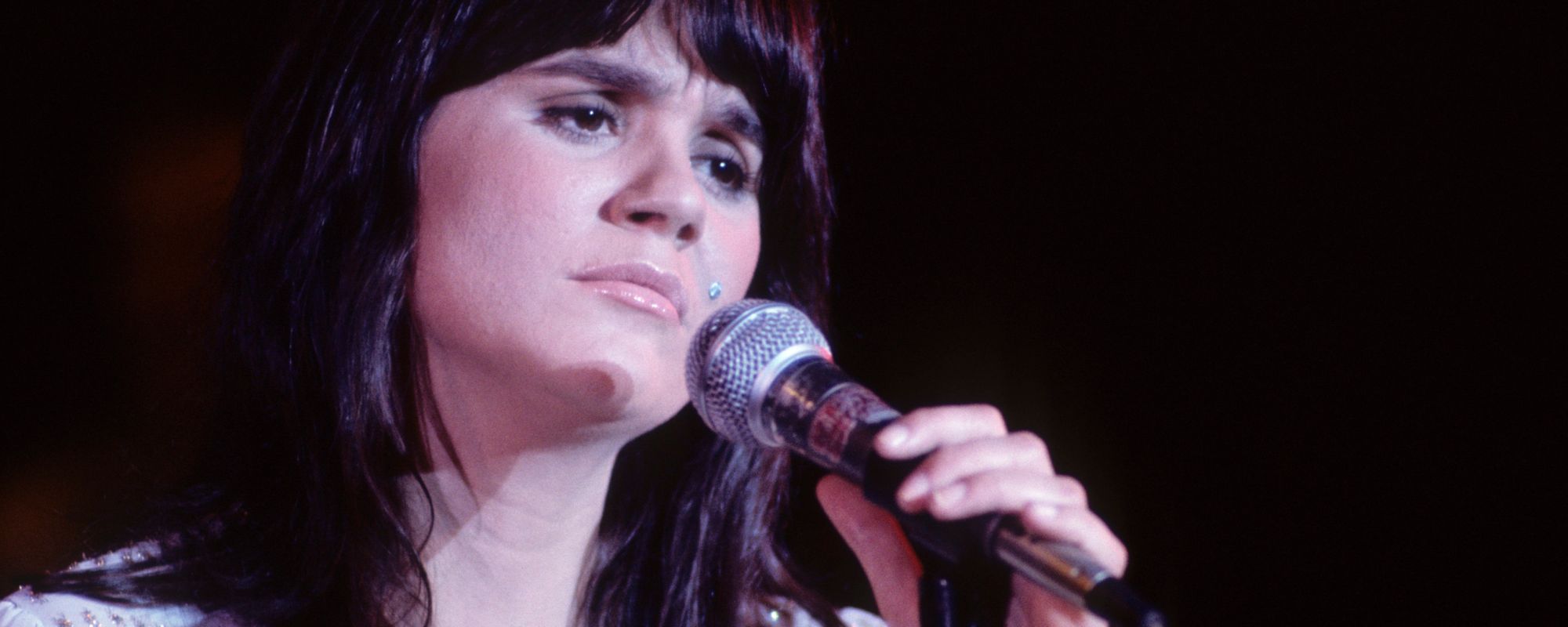
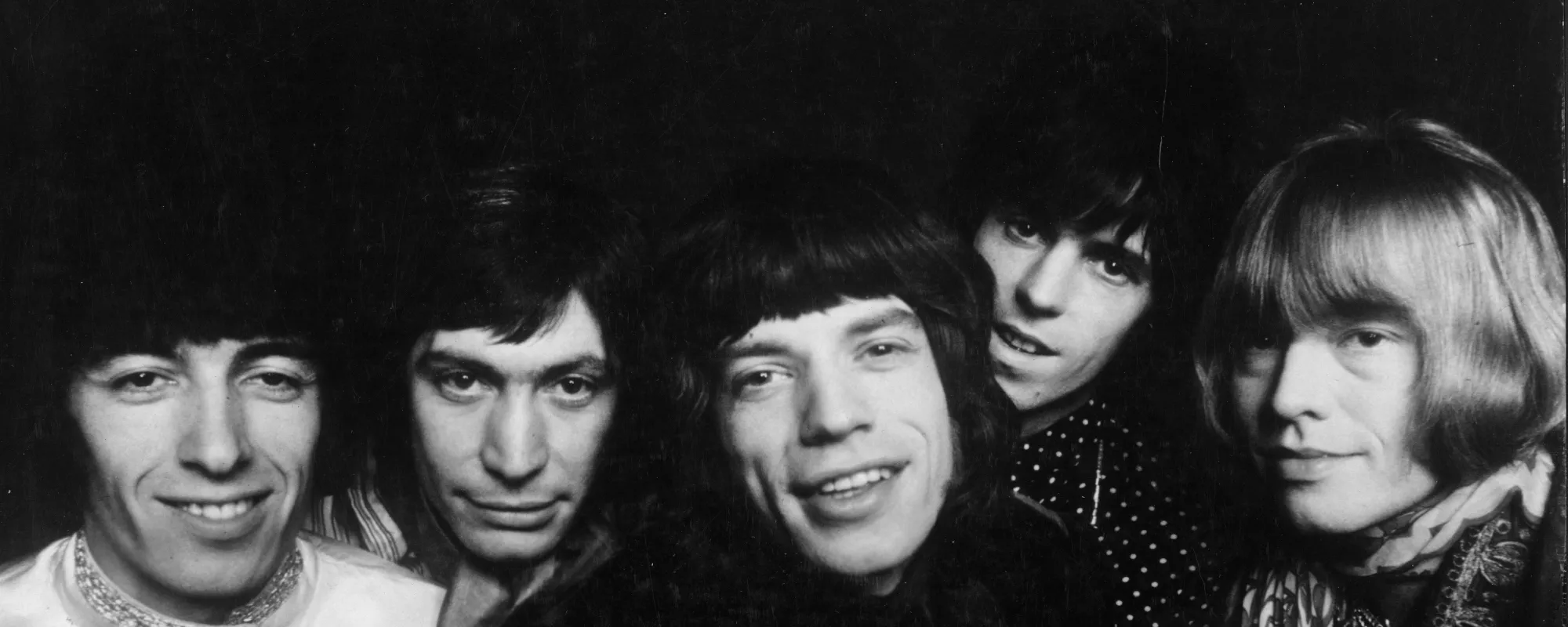
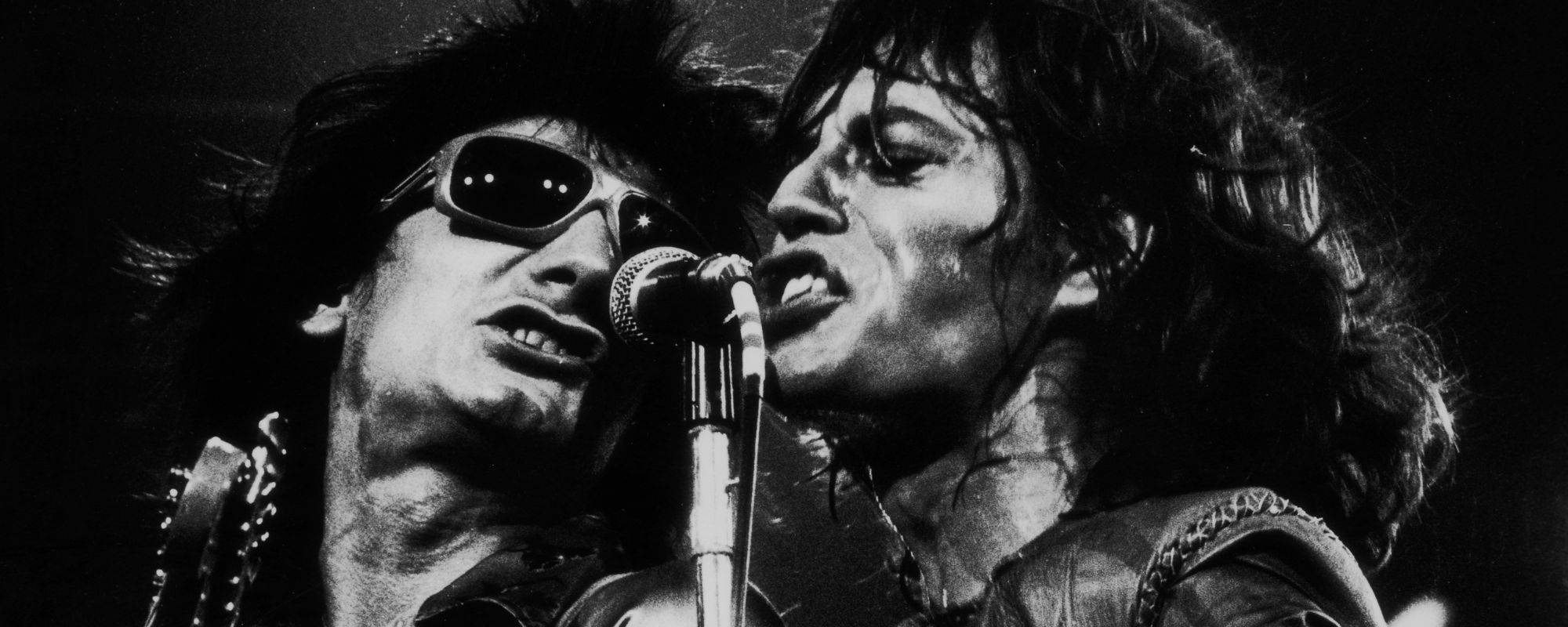


Leave a Reply
Only members can comment. Become a member. Already a member? Log in.